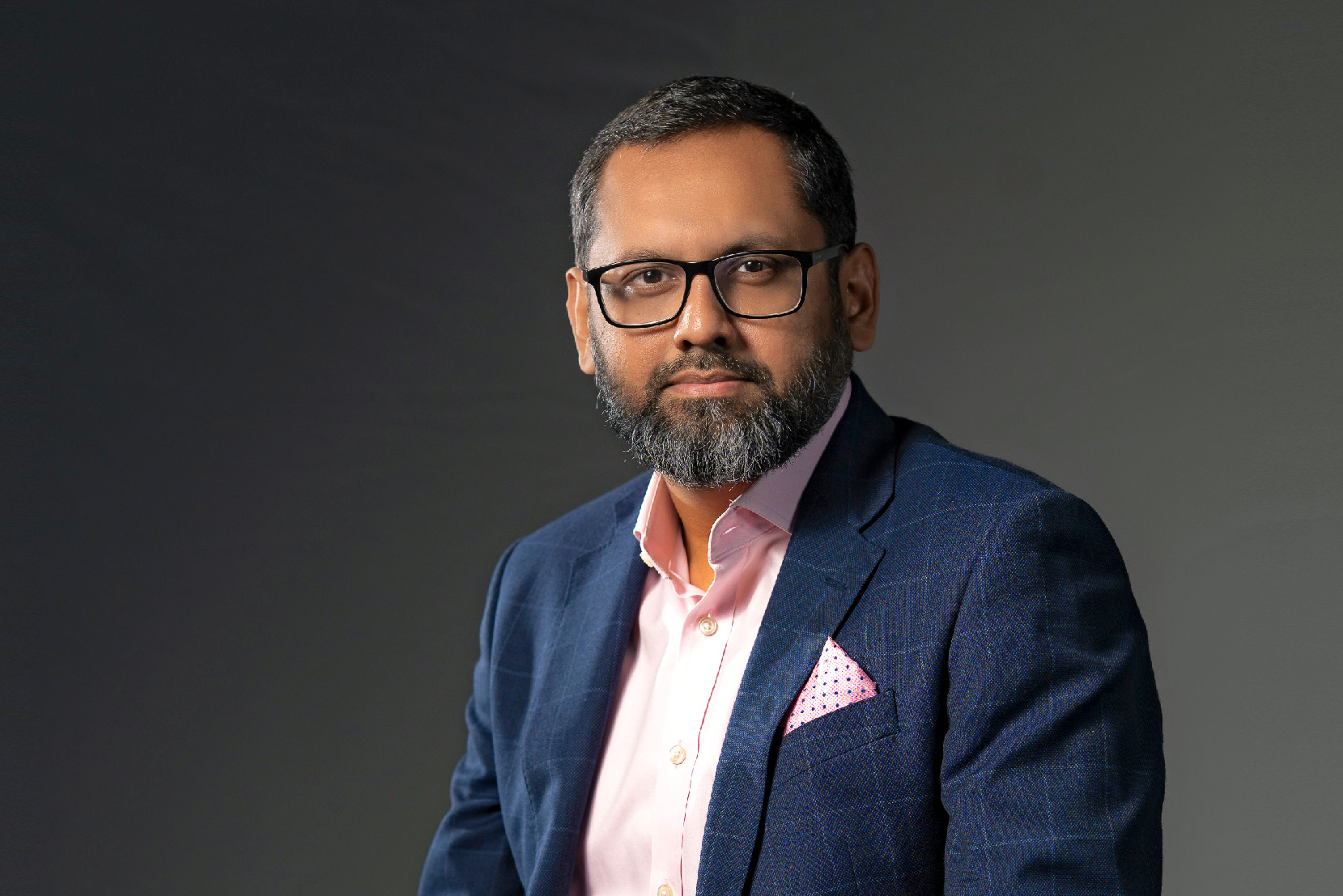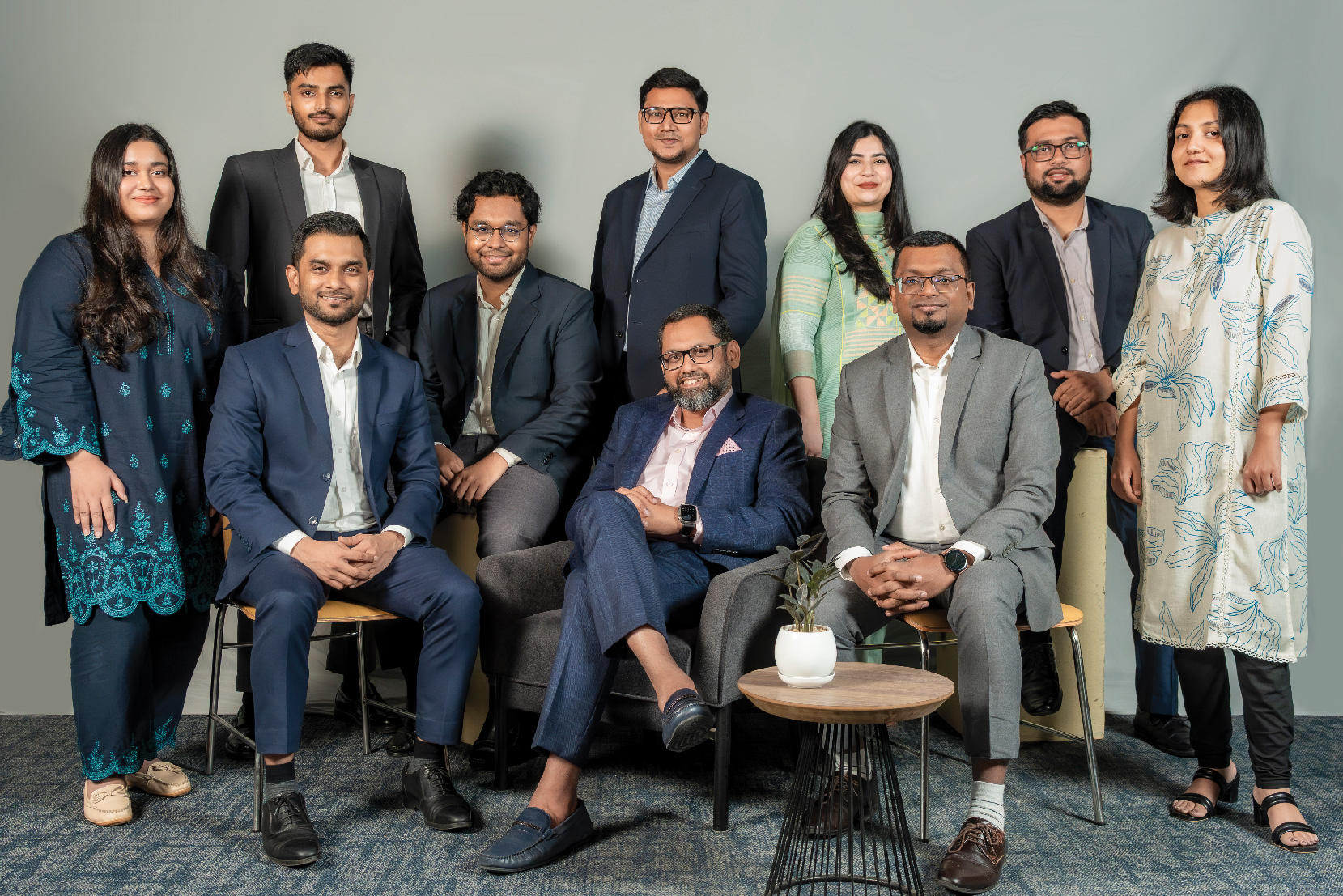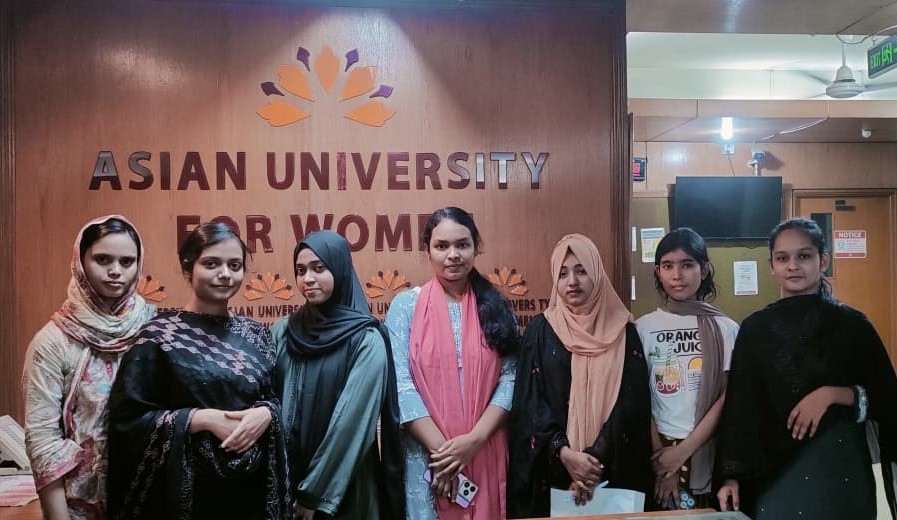By Nazmul Karim Chowdhury
Advertising. Technology. Management. Three distinct siloed disciplines are now converging. As a marketing communications professional, while traveling along the path toward digital transformation, navigating the marketing complexities, technologies and organizational challenges on daily basis, I keep on re-examining my professional identity, role, and responsibilities, and realized, our role as marketers are changing. Our future role now lies with training ourselves fast as hybrid leaders charged with breaking down silos and assembling marketing and advertising technologies that deliver exceptional results for our organizations. But it’s not a solo journey.
There are many tech-savvy marketers blending diverse expertise to propel their careers and organizations into a more sophisticated and accessible future. Conferences such as ad: tech or MarTech are creating a huge opportunity to meet with our kind, learn from them, and train with them. Recently, I have attended the ad: tech Mumbai 2018 summit at JW Marriott Sahar Mumbai from 28-29 November 2018, where I got to see how tech-savvy marketers are blending diverse expertise to propel their careers and organizations into a more sophisticated and accessible future. Organized by Google and supported by organizations such as Adobe, Oracle, Shareit, Network 18 and many others, it was two incredibly intense days of sessions and networking; where I have received an unequaled chance to meet the peers and connect with leading marketing technology vendors. In this column, I will begin with the insights from two senior marketers from the region who have already set themselves apart from the dinosaurs of the industry.
BANKING THROUGH BOTS
The first session “My Kind of Banking – Data meets creativity to unleash consumer engagement” at the conference began with the keynote presentation by Niamh Byrne, Regional Head of Marketing, APAC and EMEA of Citibank N.A. Niamh took the stage with a question, “How do we engage the digitally savvy customers of today? The evolution of the marketing ecosystem has been levered by data insights and social media trends, and the digital age of financial services is very different today when engaging next-gen customers.”
She explained, “the world has changed rapidly from 2015 to 2018; world population has increased 5%, Internet users grew 34%, mobile user-base escalated to 41% and social media user-base jumped to 74%. The landscape in Asia is evolving very fast. Asia is the region where a group of diverse cultures and economies are moving at different speeds, with one common theme- change. She added, “What is working in Mumbai and Delhi might not work in Thailand so as a global bank we are thinking global but acting local.” While planning the marketing strategy, there are four areas she and her team keep into consideration; changing family structures, the influence of global culture on segments, the rapid expansion of technology and service economy and modernizing traditional values. “Citi at the moment is trying to think and act like an e-commerce venture and trying fast to partner across industries to be part of the e-commerce ecosystem.”
“Marketing experiences based on reliability, value, and influencers also need to be constantly evaluated. As people are consuming more content from digital media, the success will come from moving from mass marketing to personalization and gradually shifting to hyper-personalization.” In a nutshell, we need to reimagine the banking experience. Now the people are so demanding for a great experience, every time they are riding an Uber or Grab or booking a stay with Airbnb, they are encountering a great deal of digital experience and their desire to find similar experiences increases immediately from other brands that are currently part of their life. Even every device that Apple produces and launches making the anticipation much higher for other brands and the desire is always going up.
Niamh couldn’t be more right about our enhanced dependency on technology. We always want to be rewarded as consumers and always look out for next great thing. Simply think of our expectation from Netflix, we always look for the next great thing from Netflix. So, who is driving this desire? Maybe the millennials who are now the most emerging consumer base of the world. They are always waiting for the next big thing from their brands of choices.
In a recent research, Citi found how the millennials feel for their banks: “I would rather visit a dentist than visit a bank branch”. This single statement speaks volume about a consumer’s perception of the current banking system. Banks today, for them, need to provide personalized financial service and need to build products which are fully customized according to their requirement and served through the channels where they are and where they want to be. So, they must not be forced to come to the branches, should not be forced to log into online or so-called Internet banking and never dare to drag them to download a mobile application. “So when Citi thinks of building a relationship, we are constantly trying to figure out, how to discuss with these millennial customers about enriching their lifestyles through banking rather than discuss banking, “ Niamh said. So how does Citi tackle the challenge of creating more personalized experiences for the individual consumer? The bank doesn’t think about product lines anymore, the entire product development idea is based on human-centric intuitive design thinking. Therefore, whenever Citi wants to create any product idea it starts from the research and wants to know what should it offer to benefit a customer. “So the discussion in our boardroom ended up creating a more intuitive Chatbot to create a personalized experience for a customer and discarding the use of mobile app based online banking where someone is more concerned to observe auto log-out while completing a transaction. Similar tying up with WeChat in China – the largest digital mall of the world and collaborating with Alipay to facilitate seamless online purchase have made Citi propagate the idea ‘Be where your customers are so they don’t have to leave what they are doing’”, she explains.
DRIVEN BY THE DATA
Right after Niamh Byrne, Kaushal Kurapati, Group VP, Products, Global Oracle Marketing Cloud, Oracle Corporation, US took the stage saying, “Artificial intelligence won’t be replacing creativity in marketing anytime soon. Creativity needs common sense and it’s also uncommon for AI.” During his keynote, Kaushal shared his views on “How technology is changing consumer behavior and what we should look forward to in the future of marketing technology.”
He believes, Marketing is transforming because the consumer behavior is changing. If we now look at the number of devices that we keep at home that is connected to the Internet and receive information consistently through them, it’s changing their behavior significantly. So, as consumers we are changing, we are also forcing the marketing to change too.
And as marketers, if we don’t respond to that then we become irrelevant. Now, marketers need to own the entire customer lifecycle journey. For instance, we now live in moments where the behaviors are;
(I) watched | viewed | visited | searched | browsed | opened | clicked | bought | liked | reacted to | subscribed to | called for | tried | ate | consumed etc. etc.
If these are the usual behavior marker, we as marketers can predict what this customer group is likely to do next. If we analyze each behavior it will indicate us some key decision-centric behavior, if we look at the combination of those activities, it would indicate us something deeper and more comprehensive. And that’s the basic premise of using AI. By using Artificial Intelligence, consumer behavior can be measured, codified.
Kaushal strongly believes that marketing technology has heralded a new era for the domain. “Over the years print has given way to TV and TV now holds a big sway of advertising dollars. Also, the advent of performance marketing, the Internet and smartphones have unleashed new form factors and new ways of targeting consumers. All of this is primarily because technology is driving consumer behavior to change. Now marketers have to understand this difference in consumer behavior and be able to target appropriately. Otherwise, they will be missing a big opportunity,”
Underlining the difference between big data vs. quality data and the need to give precedence to the latter, we need to follow the consumers deeply and more precisely with the help of their data. If the data going in is noisy, then our prediction and our estimation and all of those factors will be bad as well. Smart businesses or smart organizations have to take care while considering data and a lot of people miss that point. So, it is not just about the amount of data but also the quality of data that is important.” Kaushal explained, “Many brands would like to monitor what is going on in the social media space and how people are talking about the brand in terms of the positive or negative sentiment.” “Also when it comes to mobile apps,” he keeps on to elaborate further, “they want to understand what happens to the customer journey as they come and navigate the site and also to understand the overall digital footprint.” According to him, digital marketing has eclipsed the need for performance marketing, so we need to teach our marketing team to be data-centric and learn to experiment by leveraging the power of data.
However, Kaushal mentioned, “We will see a unified data picture because there is still data in silos even in the advanced data markets. Figuring out what to recommend as a product based on what you already purchased would become more strategic in the future usage of marketing technology.”
HE ENDED HIS SESSION WITH SOME TIPS FOR FUTURE MARKETERS. HE THINKS MARKETER NOW MUST LEARN TO:
• Quantify consumer behavior
• Audience segmentation and targeting
• A/B testing,
• Site Optimization
• Predictive Journeys
• Right Message / right time: send time options
• Content personalization
• Campaign analytics
• Lead scoring
• Sentiment analysis
• Chatbots / Customer Service
Above all, Technology is enabling a new marketing dynamic which is making the task for marketers more insightful and efficient while also retaining its own set of complexities.
More to come in next month.
*THE WRITER is a Marcom professional















